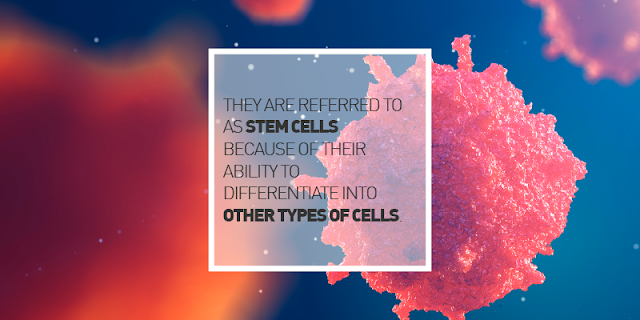If you are someone who keeps up with the latest news on skincare, then you might have noticed that stem cells are an ingredient that has really been making a mark lately. Human stem cell science and plant stem cell science are frequently in skincare news. The stories range from these cells being able to suspend aging to them being able to improve overall life for a person. There are also stories about how stem cells can be useful in skin rejuvenation. Regardless of your interest in skincare products, the use of human stem cells in any product is interesting in and of itself.
Why have they named stem cells?
They are referred to as stem cells because of their ability to differentiate into other types of cells. This is similar to how the stem of a plant produces many branches. Concerning this post and for the most part, work with stem cells and skin has focused on adult stem cells only.
Regeneration
Regeneration is a very important part as why stem cells are involved in skincare products in the first place. They are able to restore function to tissues in the body. Stem cells can differentiate into different cell types such as muscle, bone and nerve cells. This provides a storehouse of healthy building materials for repair and replacement of worn and damaged tissues.
A non-human but dramatic example of this regenerative process is at work in many types of lizards and salamanders. When they are in danger or caught by prey their limbs and even their tail may be broken off of their body and within days there will be replacement growth in that area.
Obviously, humans are unable to do this type of regenerative process. Instead, humans heal more by plugging gaps in degenerated tissue than by actual regeneration. This restores functionality to the injured area but may cause scarring.
Babies in the womb can regenerate
In contrast to the process described above, a baby that is still within its mother’s womb, which is less than twenty weeks old, is capable of regenerative healing. The replacement tissue will be totally non-fibrotic and virtually without a scar. Fibrotic tissue is similar to that of scar tissue, thick and rigid due to protein beneath the skin. However, babies that are still in the womb experience regeneration without scarring.
This information is known because of in-womb surgery on babies. The babies are subsequently born with no evidence of their prior surgery. An explanation is that there is an abundance of specialized healing stem cells at that early stage of development. The population of healing stem cells rapidly diminishes after birth and continues to decline over our lifespan. Consequently, the availability of these regenerative cells is very desirable in skincare products.
Anti-aging as a regenerative process
Anti-aging products have been extremely popular in the skincare world for many, many years. One goal for skincare products is to reduce and at times reverse the process of aging.
The skin ages due to its exposure to damaging processes over the span of a person’s lifetime. The skin endures harm from ultraviolet rays, chemicals, and other environmental factors every single day. Regenerative skin therapeutics aim to activate the body’s natural capability to be restored to an earlier, undamaged, functional age and appearance. One way to accomplish this is to capture the essential factors for healing and weave them into a formulation that can be applied to the skin topically. Developing and then delivering specific stem cells via topical skincare product formulas has now been accomplished by many laboratories, with many positive results.
Mesenchymal stem cells
There are a very large number of stem cells that play a role in our bodies, but one, in particular, stands out in the body’s response to injury. Mesenchymal stem cells (MSCs) are found in several tissues including bone marrow, muscle, fat, and umbilical cord blood. While all of them are MSCs, the tissue where they reside has a major effect on their function.
Those that reside in the bone marrow of the body are of great importance to the healing process. It was recently shown that these cells act as the human body’s emergency responders whenever tissue damage occurs. Injury anywhere in the body can trigger bone marrow MSCs to enter the circulation and migrate to the place of injury. Once they arrive at the injured area some MSCs attach and change into the specific cell types of the tissue to be repaired. An example of this would be MSCs that change into heart muscle cells during a heart attack.
Follow along to part two of the stem cell series to read about leading-edge skincare products that are using this science to your advantage.
Skin Care Tips From MDSUN Skin Care®
Please Visit Our Official Website - MDSUN Skin Care




Comments
Post a Comment